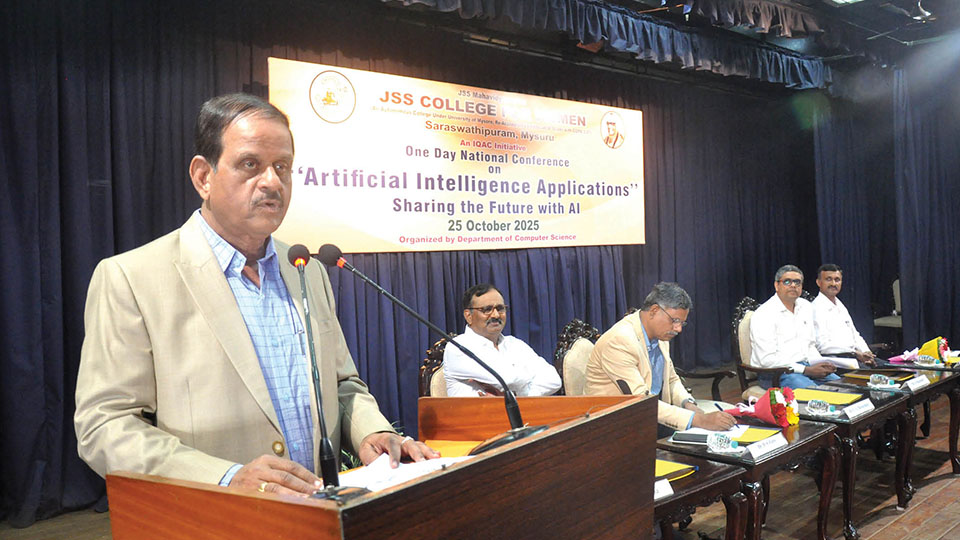Copyright thehindubusinessline

Could you tell us more about Dyson’s Global Wet Cleaning Study—how long it ran, participants involved and what the demographic, geographic and gender breakdown looked like? At Dyson, we’re always interested in understanding the problem before we go to engineer solutions to solve it. We conducted the global web study with the main goal of understanding people’s cleaning habits on wet floors, their behaviours, and some of the frustrations that they have with the traditional methods they’re using, such as using a mop. The static comprised 23,000 respondents from 28 countries all around the world including India. It was conducted over a month-long period February to March 2025 and the demographic breakdown was about 50.7 male and 49.3 female. As part of the global wet cleaning study, we investigated the wet cleaning habits and behaviours to understand the frustrations that people have for their traditional methods. We found that they’re frustrated by things like streaky finishes, inconsistent pickup performance, and the inability to tackle those tough dried-on stains. Is it fair to say Indian households are doing double the work for half the results? Would better-designed tools cut down this time dramatically, or are other factors—like stubborn dust or air quality—also at play? It was interesting to see in the study what an integral part wet cleaning is in people’s daily routines. But we saw that most people in India were still using traditional methods such as mops, clothes, and wet sweepers as their preferred choice. But these come with notable inefficiencies and perhaps unhygienic results. The study found that one in three Indian people find wet cleaning, too, time-consuming, with over 75 percent of people spending over an hour a day on their cleaning routines, including 35 minutes dedicated to wet floor cleaning. It’s a lot of time spent. We had 49 percent of Indian households admit that they were not cleaning their dirty water in their buckets when they were moving between rooms. What this meant was the spreading cross-contamination, such as germs and dirt across the whole house, instead of removing it. We also found that 28 per cent of Indian respondents found the process very physically tiring. And 29 per cent struggled to reach those hard-to-get-to areas reflecting their physical demands of traditional cleaning methods. So, with the Dyson Wash G1, we were determined to engineer a solution to these frustrations that people are having and to have a more efficient, clean. In the Wash G1, we have a technology that separates the clean and dirty water into two distinct tanks. This means that when you’re cleaning the floor, you’re always flushing it with fresh, clean water that’s applied during the cleaning process. And then, the dirty water is separated and isolated in a different dirty water tank, instead of being spread everywhere. So, we also managed to combine the wet cleaning and debris pickup steps. This means you don’t have to sweep or vacuum before you mop, which reduces the amount of time that people have to spend and then the physical effort. Why has there been such low uptake of newer cleaning technologies? Is cost the only barrier? Or are these machines too complex or intimidating for regular users like domestic workers or elderly parents? One of the main reasons is that there is relatively low awareness about the advantages of using modern technology over conventional tools. Interestingly, the study revealed that 62 of Indians who reply to the survey believed that wet vacuum cleaners work a better solution. However, despite this, many households aren’t fully aware of the advantages and improved hygiene cleaning that these modern techniques can deliver into their daily routines. Cleaning in India is driven by habit, tradition, and often gendered labour. How realistic is it to expect a behavioural shift without first addressing those cultural dynamics? You’re right, cleaning in India is deeply rooted in tradition and habits with these traditional tools. These methods are very familiar to people in India and culturally ingrained, and they’re often tied to the perception of there being a barefoot-clean finish. However, a behavioural shift is possible when you have modern solutions that are designed to integrate seamlessly into those existing routines. For example, the Dyson machines we’ve engineered are designed for ease of use, ensuring that anyone in the home, including house help, can operate them with minimal training. We also understand that every home is different, with different cleaning requirements based on a myriad of life factors. So, with Dyson, we design machines for different homes and different uses. This is why we’ve got the wash G1, which is the dedicated machine for large homes, and then we’ve got versatile solutions to fit into people’s routines, such as the Dyson V12 submarine that lets people vacuum and wet clean with the same machine. Moreover, dicing machines are engineered to last. Because we’re so confident in our machines, we now also offer accidental damage protection on our floor cleaning machines. Has there been any local R&D or testing in Indian homes to truly understand the terrain? At Dyson, we’re always committed to designing solutions that meet the unique, clean needs of every home and every country, including India. Our research and development process has been informed by this extensive global study. Specifically, the global wet cleaning study had over 1,000 respondents from India. This would provide us with valuable insights into the specific challenges, and we use this to feed our engineering and innovation efforts. Some of the key ones from India that we took into our engineering and development were the prevalence of hard floors. So, we needed a machine that would cover this large area so the higher dust levels that would need to be removed. And given the passion Indians have for cleaning, we needed to design a machine that was able to be frequently used in their cleaning routines every day.



